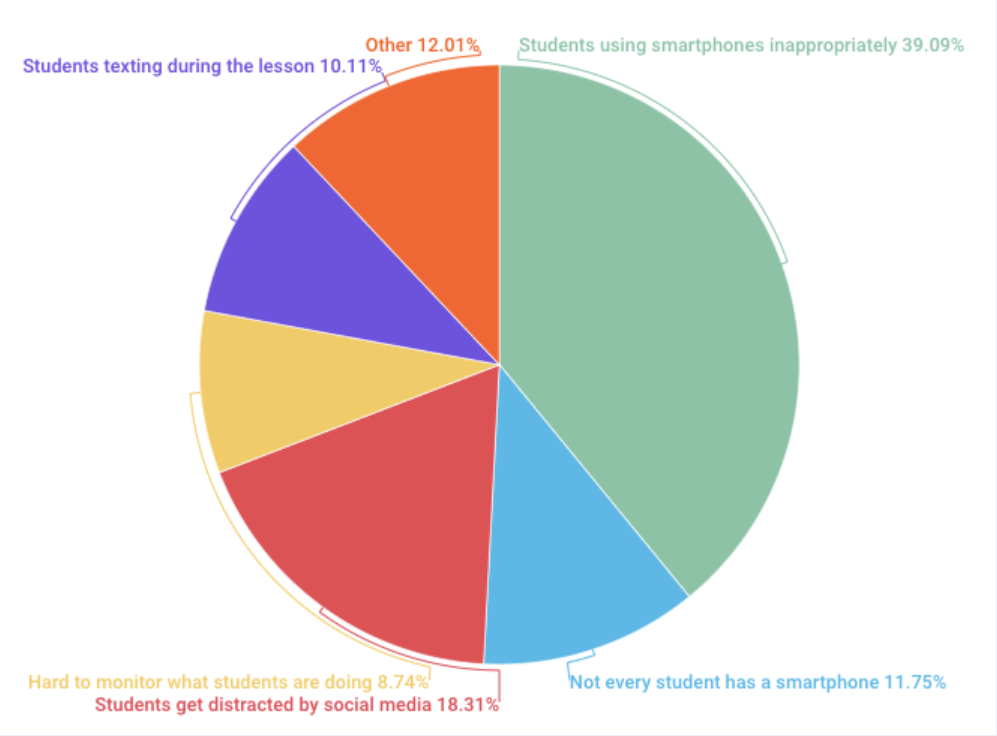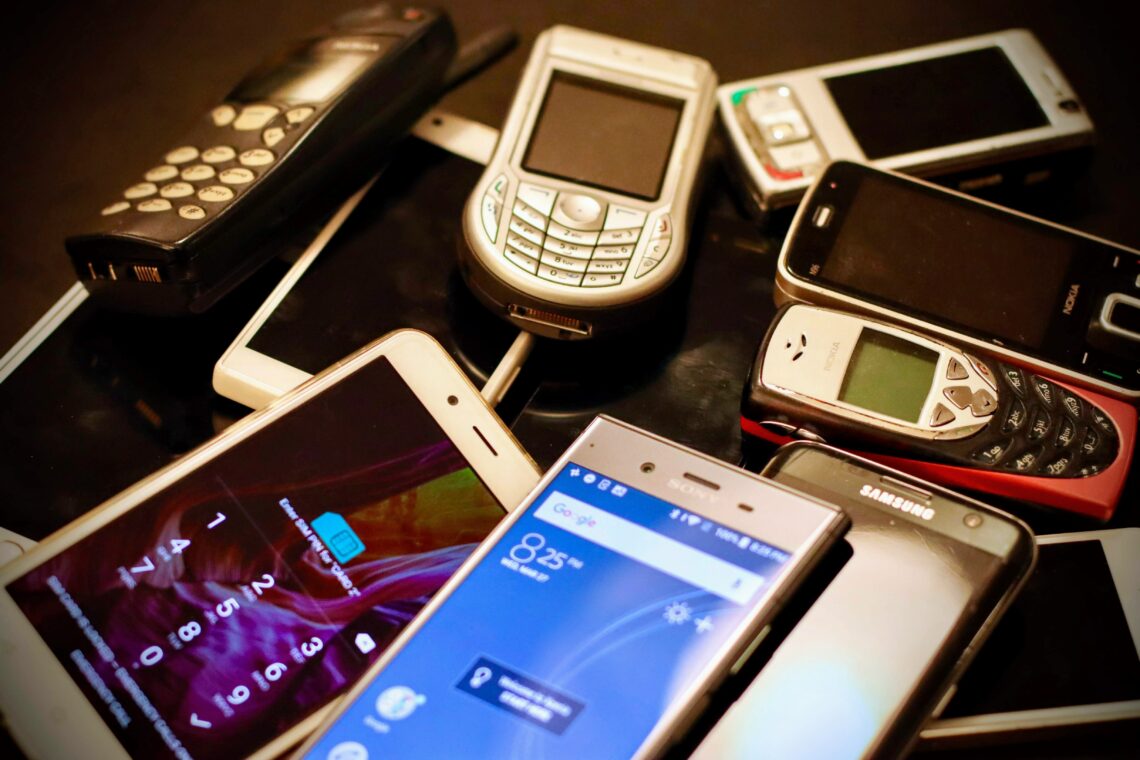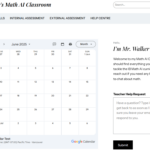Right now, the most pervasive issue plaguing educational technology is the use of cell phones in the classroom. The responses most frequently given when the divisive topic of cell phone usage is brought up are (a) safety – I must be able to reach my child, (b) educational – they can be a powerful learning tool, and (c) distraction – students can’t focus on the lesson if their phone is out. All three of these are brought up in the clip below from CTV Your Morning.
While each of the three responses can be defended through our common experience as educators, often one viewpoint is left out. As educators, it is our job to prepare students for life after high school whether they plan on continuing to higher education or intend to join the working force. This piece of hidden curriculum sits above our math and humanities curriculums and is perhaps the implicit goal of our entire education system. This raises the important topic of self-regulation when it comes to cell phone usage which North Shore News captures well in their poll.
If cell phones are banned from our classrooms, when will our students learn to self-regulate their cell phone usage? If we as educators regulate it for them (in the form of bans), they won’t have the opportunity to build the skills necessary to decide when it is appropriate to use their phone and when it is best for them to leave it in their pockets. A prime example of this is during a university lecture – in a room of 200 students is the lecturer going to care if you are on your phone? Another is during your first job – who is your employer more likely to promote, someone constantly checking their phone, or a diligent worker who is focused and motivated?

The above chart from SlickText shows what is most challenging for teachers when it comes to cell phones in the classroom. Equitability (cell phone access) and pedagogy (difficult to monitor student work) make up less than one-quarter of responses while misuse accounts for almost 70% of teacher challenges. This may lead us to abandon cell phones in educational contexts altogether but that would waste a deep and practical educational moment. We need to remember, for the most part, that our students want to do well. They want to be good students. It is possible that our students aren’t using cell phones to escape your class but, rather, they are struggling to decide when it is appropriate to use their device.
The question we as educators should be asking ourselves is not “Should we ban cell phones in classrooms?” but rather “How can we help our students regulate their behavior around their devices?” Does this look like restricting phone usage during certain times and allowing students to make choices in a limited and structured setting? Does it look like letting students keep devices in their bags or pockets and reminding them when it is appropriate to check them? And to what extent does age affect how and when we allow them to make these decisions for themselves?






